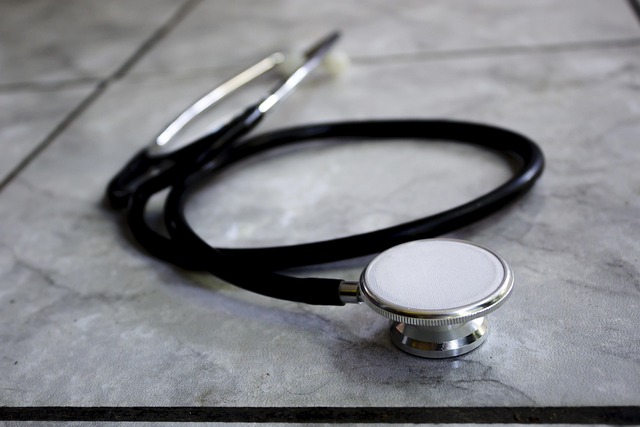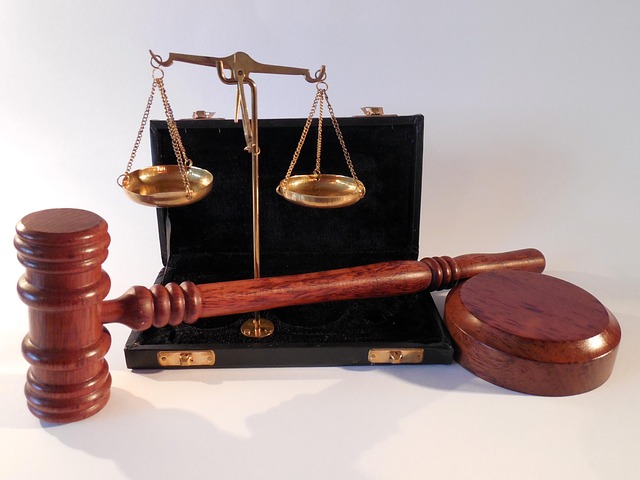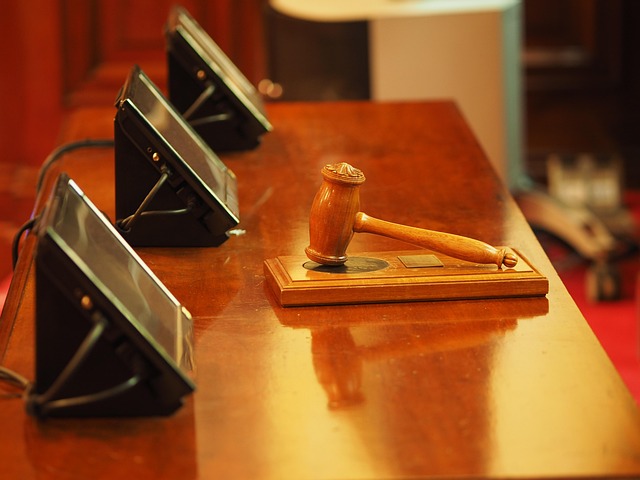After a bicycle accident, review insurance policy documents to understand coverage scope and terms like deductibles and limits. Gather essential evidence including photos, witness contact info, medical records, and physical evidence. Promptly submit a claim, track progress, and stay proactive to ensure fair compensation for medical expenses and related costs.
“After a bicycle accident, navigating the claims process can be daunting. This comprehensive guide aims to equip riders with the knowledge to file a successful bicycle accident insurance claim. We’ll walk you through each step, from understanding your coverage under various policies to gathering crucial evidence and effectively submitting your claim. By following these steps, you’ll increase your chances of securing the compensation you deserve for medical expenses and other related costs.”
- Assessing Your Bicycle Accident Insurance Coverage
- Gathering Essential Evidence After an Accident
- Submitting and Tracking Your Insurance Claim Effectively
Assessing Your Bicycle Accident Insurance Coverage
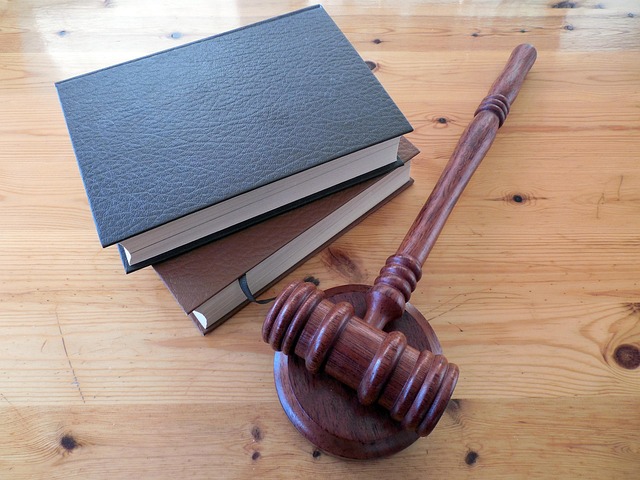
After a bicycle accident, assessing your insurance coverage is a crucial step in navigating your bicycle accident insurance claim. Start by reviewing your policy documents to understand the scope of your protection. Different policies vary, but common coverages include medical expenses, liability for injuries caused to others, and property damage. Check if your policy covers accidents involving pedestrians or other cyclists. Some policies might also extend to legal fees in case of a dispute regarding the insurance coverage.
Next, familiarize yourself with deductibles and limits specified in your policy. Deductibles are the amounts you need to pay out-of-pocket before insurance kicks in, while limits represent the maximum compensation or coverage your policy offers. If you face an insurance coverage dispute, understanding these terms will be vital in reaching a fair settlement, which could even lead to successful accident settlements based on the circumstances of your case.
Gathering Essential Evidence After an Accident
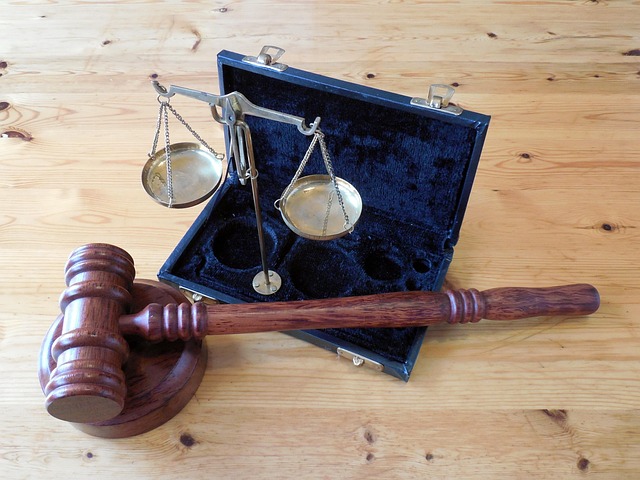
After a bicycle accident, gathering essential evidence is crucial for filing a successful bicycle accident insurance claim. The first step is to document the scene of the accident by taking clear photos of any visible damage, injuries, and the surrounding environment. This includes capturing shots of road conditions, traffic signs, and any obstacles that might have contributed to the crash. Additionally, exchanging contact information with witnesses, as well as gathering their statements, can be invaluable. It’s also essential to keep records of any medical treatment received, including doctor’s visits, hospital stays, and prescriptions. These documents not only serve as evidence but are crucial for proving the extent and nature of your personal injury.
Furthermore, preserving any physical evidence from the accident is vital. For instance, if a faulty brake or worn-out tire caused the incident, keeping these parts as evidence can strengthen your claim. It’s advisable to seek advice from a personal injury lawyer before discarding any potential proof, especially in cases involving serious injuries or complex circumstances like a slip and fall. They can guide you on what to collect and how to use it to increase the chances of a favorable bicycle accident insurance claim outcome.
Submitting and Tracking Your Insurance Claim Effectively

After a bicycle accident, submitting a claim for compensation is essential to cover medical expenses and other related costs. The first step is to gather all necessary information from the incident, including witness details, police reports, and any evidence of your injuries. Ensure you report the accident promptly to your insurance provider, as timely filing is crucial in many cases. Use their online portal or contact them directly to initiate the process. Keep track of important dates and deadlines for submitting documents and any required medical assessments.
Effective tracking involves staying organized and keeping clear records throughout the claim journey. You can use a simple spreadsheet or your insurance company’s app (if available) to monitor the status of your claim, log conversations with adjusters, and record all communications. This proactive approach ensures you remain informed about your bicycle accident insurance claim’s progress and enables you to take appropriate action if there are any delays or discrepancies.
Bicycle accidents can happen, but with the right preparation, you can navigate your insurance claim seamlessly. By understanding your coverage, gathering essential evidence, and submitting a well-documented claim, you’ll be on your way to receiving the compensation you deserve for medical expenses and other related costs. Remember, a proactive approach ensures a smoother process when dealing with bicycle accident insurance claims.
